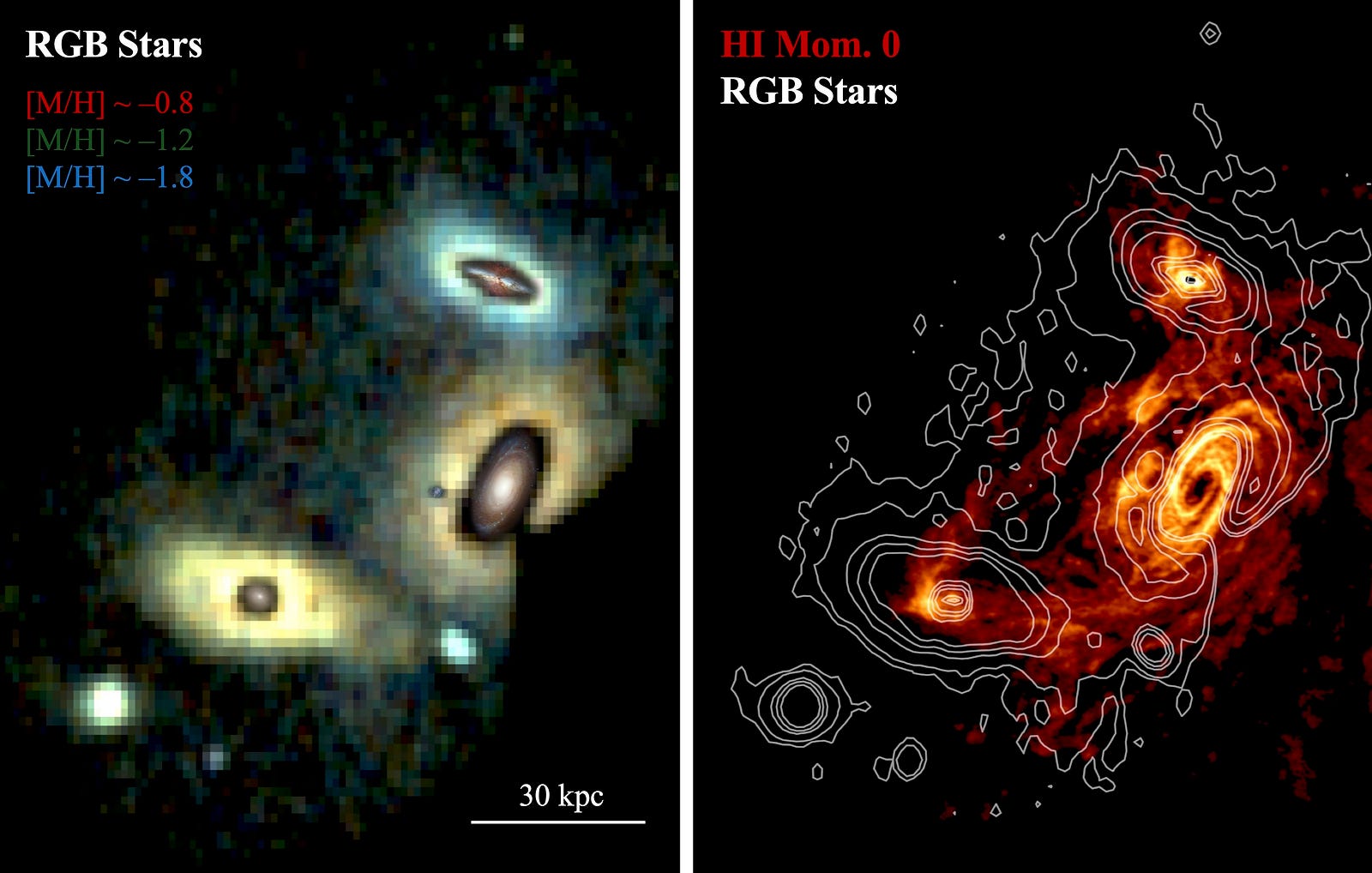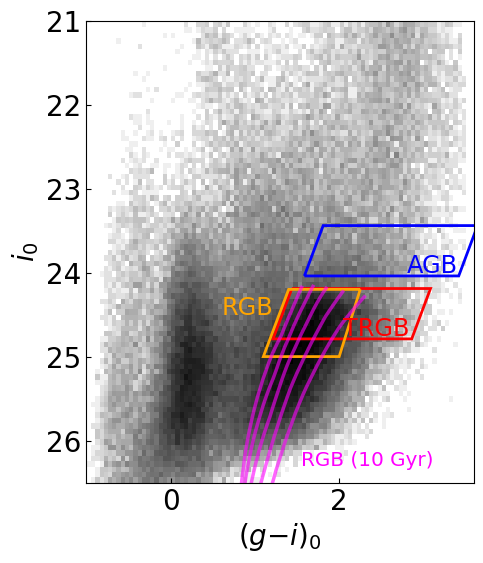There are two ways to explore how galaxies have changed over time with telescopes: first is to look further and further back into earlier epochs. Thanks to the speed of light, the images of galaxies far far away is also from long long ago. That is what Hubble and now James Webb have excelled at.
The other is Galactic Archeology, identifying generations of stars in our own or very nearby galaxies and mapping out where they are within that galaxy. Our own Milky Way is both easier (we are in it) and harder (we are IN it) to do. Nearby galaxies, with deep and sharp enough images, can offer an opportunity to map where different stars ended up. How many metals were available at the time they were formed? Are they in the disk or further out? Especially the halo of stars around galaxies is believed to be made up of some of the oldest components, left over from when the first proto-galaxies collided into what is now the main galaxy. The long dynamic times (it takes foreeeever to cross that much space) means that these leftovers havent complete dissapated yet and can be identified as coherent groups of stars (unlike gas, the stars behave mostly as ideal particles in a gravitational simulation too, if you know where they are and where they’re going, you know where they’ve been).
Which brings me to this week’s paper:
A Timeline of the M81 Group: Properties of the Extended Structures of M82 and NGC 3077

A prime example is the M81 group. A trio of galaxies with a lot of material in between, both stars and gas (see above). With Subaru’s camera at this distance, one can identify individual stars in this group, especially well outside the galaxies themselves.

The individual stars can be identified and so one has a brightness and a color if there is more than one image. In the above figure, you can see how different groupings of stars are visible: Red Giant Branch (RGB) and Asymptotic Giant Branch (AGB) stars. To the left (bluer) is the Main Sequence (so named because it is the main feature but not a sequence) of all the bright stars. The RGB is especially useful. Red Giant Branch stars track the total stellar mass pretty well. The top of it is well defined so it is a great distance indicator. The mix of AGB and RGB is a good indication of overall age and the slope of the RGB branch is an indicator of metallicity. So distance, mass, metallicity and rough age. That is a lot of information of any section!
So you can define areas in the group to correspond to clean sections of halo, streams of stars from accretion and interaction etc.

Generate the color-magnitude diagrams, compare those to models and trace the components back into time.
Then we get to the neatest image of this paper: a history of this group with a future prediction. I love timelines and this is such a neat visual way to show how the ages fit together in the evolution of this compact group of galaxies:

And there we have it. M81’s halo formed first, then M82’s, followed by two tidal events resulting in streams which eventually will be that all of these galaxies will coalesce in some two more Billion years. A bit long to wait around but the finl stretch in terms of the ages in this group.
Neat result by very neat people I collaborated with as part of the GHOSTS collaboration (doing the stellar population thing but with Hubble). It will be really interesting to see what all we can learn from Euclid and Rubin stellar populations of nearby haloes!
No comments:
Post a Comment